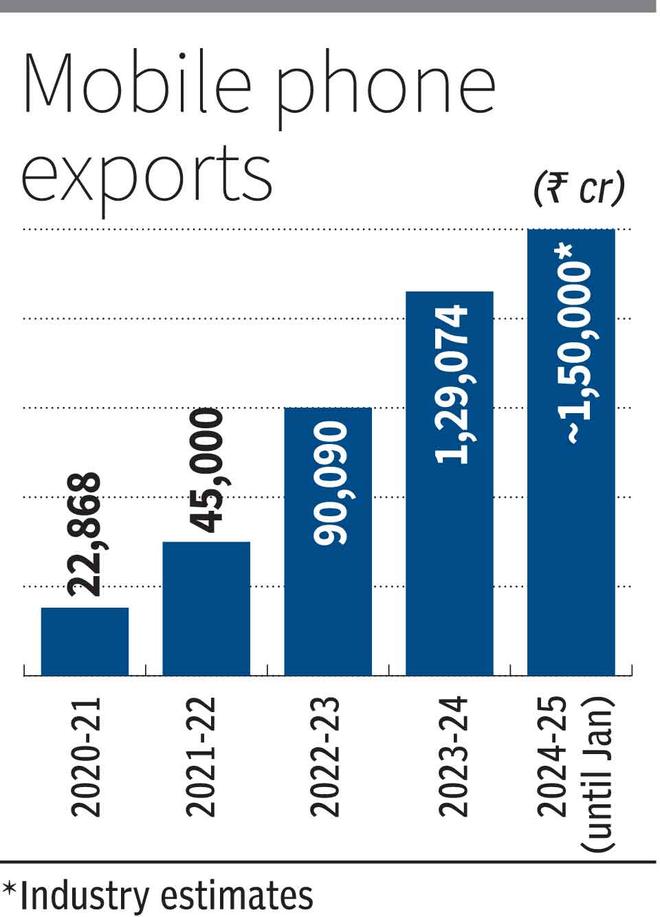In the modern era, artificial intelligence (AI) is transforming industries, yet its complexity challenges decision transparency. Danish Khan, an AI transparency expert, examines Explainable AI (XAI) as a bridge between machine intelligence and human understanding. His insights highlight XAI’s role in fostering trust, enhancing decision-making, and ensuring ethical AI deployment across diverse sectors.
The Rise of Explainable AI
As AI becomes increasingly sophisticated, the need for transparency in algorithmic decision-making is more crucial than ever. Traditional machine learning models, particularly deep learning networks, often function as “black boxes,” providing little insight into their internal logic. XAI addresses this issue by making AI-driven outcomes more interpretable, enabling users to understand, trust, and effectively utilize AI insights.
Key Approaches to AI Explainability
The field of XAI has introduced key methodologies to enhance transparency. SHAP (SHapley Additive Explanations) assigns importance values to features, providing deep insights into AI predictions. LIME (Local Interpretable Model-Agnostic Explanations) simplifies complex models with local approximations, making predictions more interpretable. These techniques have greatly improved AI applications across various industries, fostering trust and usability.
Enhancing Trust and Compliance in AI Systems
A major advantage of XAI is its role in increasing user trust. Studies indicate that users are more likely to rely on AI-driven decisions when they understand the underlying logic. In regulatory environments, such as finance and healthcare, explainability is not just a convenience but a necessity. XAI frameworks help organizations comply with legal and ethical guidelines by ensuring that AI decisions are fair, unbiased, and transparent.
Applications in Healthcare
The healthcare industry has seen significant improvements through XAI. AI-assisted diagnostic tools, when equipped with explainability features, have shown a marked increase in accuracy and efficiency. Studies reveal that diagnostic accuracy improves by up to 28% when healthcare professionals can interpret AI-generated results. Moreover, patient trust in AI-assisted diagnoses rises when they receive clear explanations, leading to better treatment adherence.
AI in Financial Decision-Making
The financial sector has also benefited from XAI, particularly in risk assessment and fraud detection. Explainable AI models enable financial analysts to identify the reasoning behind credit scoring and loan approval processes. This increased transparency has resulted in fewer disputes and enhanced customer satisfaction. Moreover, XAI-powered fraud detection systems have significantly reduced false alarms while maintaining high detection accuracy.
Impact on Manufacturing and Automation
In manufacturing, XAI is optimizing processes by improving quality control and predictive maintenance. Factories utilizing explainable AI systems have reported a 44% reduction in defect rates and a notable improvement in production efficiency. Predictive maintenance models, when backed by transparent decision-making, allow engineers to proactively address potential failures, thereby reducing downtime and maintenance costs.
Overcoming Ethical and Regulatory Challenges
Ethical concerns in AI-driven decisions are rising, as biases can lead to unfair outcomes in hiring, lending, and law enforcement. XAI helps identify and reduce biases by enhancing transparency in decision-making. Organizations adopting structured XAI frameworks have significantly lowered bias-related incidents and improved compliance with ethical standards, ensuring fairer and more accountable AI systems.
Future Directions in XAI
As AI continues to evolve, so will the methodologies for enhancing explainability. Researchers are exploring hybrid approaches that combine multiple explanation techniques for greater accuracy and comprehensibility. Advances in natural language processing are also being integrated into XAI, enabling AI systems to provide detailed yet understandable justifications for their decisions.
In conclusion, Explainable AI is essential for building trust, ensuring compliance, and promoting ethical decision-making in AI systems. Danish Khan emphasizes the need for transparency in AI, demonstrating how XAI is transforming intelligent automation. By bridging the gap between complex algorithms and human understanding, XAI is driving more responsible and effective AI implementations for the future.










